TV Fuse Replacement Guide: Locating and Replacing Your TV Fuse
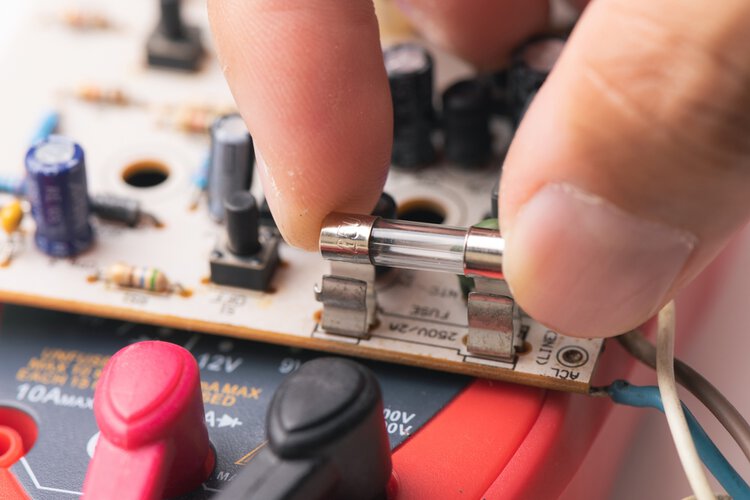
What To Know
- TVs have fuses to protect against power surges and excessive current, and a blown fuse can result from power issues or faulty wiring.
- The TV fuse is typically located on the power supply board near one of its corners, and recognizing it may require familiarity with circuit board components or consulting the user manual.
- A TV fuse is a small cylindrical tube with metal caps, and checking if it’s blown can be done visually or with a multimeter; replacing the fuse should be done with caution, especially if it’s soldered to the board, as errors could lead to costly damage.
In this article, we’ll explain how to replace a TV fuse and where to find it, giving you helpful tips for keeping your TV in good shape and fixing common problems.
So, here you go.
Quick Navigation
Do TVs Have Fuses?
Yes, TVs have fuses, like other electrical devices. The fuse protects the TV from random power surges or excessive current entering its circuit and damaging it.
A TV’s fuse blows when too much power is drawn into the circuit, or it could be due to faulty wiring or a short circuit (due to damaged wires, moisture, etc.),
Where Is a TV Fuse Located?
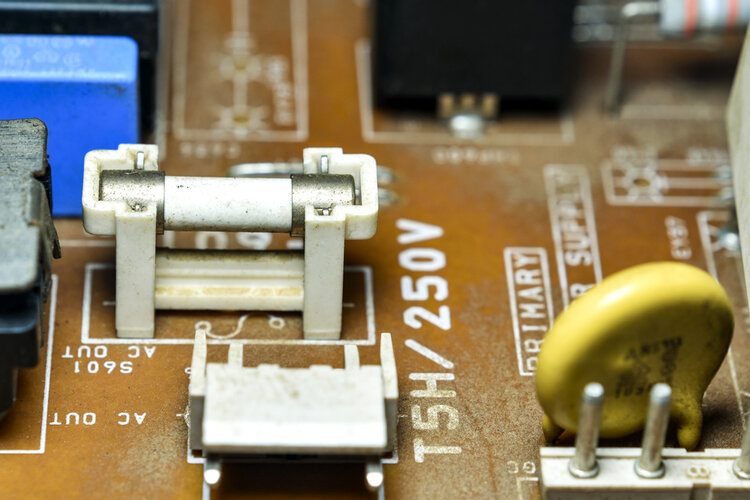
A TV fuse is on the device’s power supply board, invariably close to one of its corners.
If you’ve never seen a circuit board before, the various tiny components could feel intimidating, and finding the fuse may be tricky.
Remember the fuse’s design or how it looks and the fact that it’s a relatively small component in the overall scheme of the board’s design.
Refer to the TV’s user manual if you still have trouble locating the fuse.
What Does a TV Fuse Look Like?

A TV fuse is a small, cylindrical tube with metal caps at both ends and placed in its holders. The fuse size may vary based on the amp rating and other things.
Some fuses could have pigtail leads soldered into place, also called lead fuses. Some television boards may have surface-mount fuses, which look slightly different.
How To Check if a TV Fuse Is Blown?
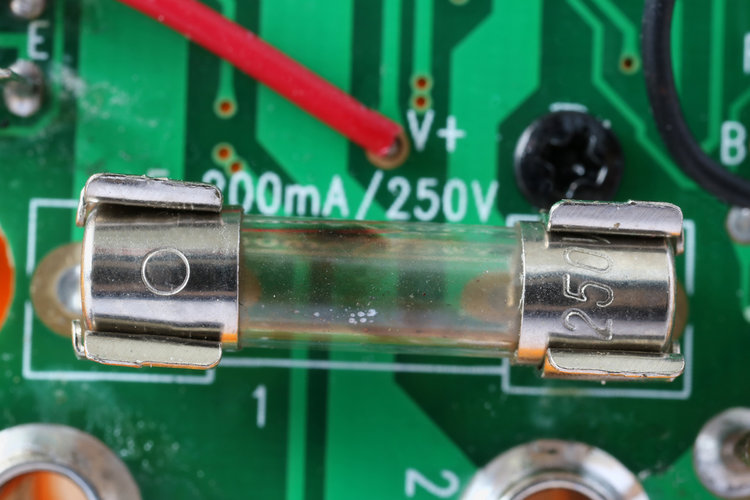
You can ascertain whether your TV fuse is blown through a visual inspection or a multimeter-like tool—for instance, the Fluke 107 AC/DC Handheld Digital Multimeter .
A multimeter helps check and troubleshoot electrical concerns or irregularities with your TV or any other electrical device.
If the fuse is made of glass, it would be dark or cloudy, or a colored stripe could run down its center. A clear glass fuse is a sign the fuse is in working condition.
On the other hand, a blown ceramic fuse may not look dirty or show no external signs since it is opaque.
To confirm things, test it with a meter. You may try the fuse while it’s on or off the board. If the fuse is soldered onto the board, you would need desoldering skills and tools to remove the fuse.
The following are the steps to access the TV fuse and carry out the inspection:
Step 1: Unplug your television to remove its circuit board. Lean the TV against a flat, clean surface for easy back panel access.
You might need a small hex tool set (Klein Tools 70550 Hex Key Set ) or a Phillips head screwdriver (Edward Tools Phillips Flat Head Screwdriver Set ) to remove the back plate.
(Note: Touch the board for 30 minutes (at least) after unplugging to ensure that it is completely free of any passing current.)
Step 2: Locate the fuse on the board for a visual inspection. If the fuse looks burnt out or the wire connecting the two ends is broken or looks compromised, the fuse is dead.
But test the fuse empirically with a multimeter to confirm things. Also, a ceramic or opaque fuse would be impossible to check visually.
Step 3: Put your multimeter in diode mode. The display should read OL (open loop), which means there’s no electric current path.
Step 4: Grab the multimeter leads (red and black ones) and place them touching the two sides of the fuse. It doesn’t matter which prong goes where. You may switch the lead sides, and the results will be identical.
If the multimeter reads “OL,” the fuse is dead. But if the meter reads zero and there’s also an accompanying beep sound from the meter (not all multimeters beep), the fuse is operational.
The reading for an operational fuse could be between 0 and 5 Ohms. The fuse could be bad or degraded if the reading exceeds 5 Ohms.
Here’s a video showing how to do it:
When should I consider opening the TV and inspecting its fuse and other internals? If the fuse is dead, degraded, or there’s anything wrong with the TV, it would show through its video and audio.
If the fuse has blown or turned bad, your TV will display a black screen with no audio.
How To Replace a TV Fuse?
If you’re sure the TV fuse is blown, remove the component.
To replace the fuse, however, you must take it out. Even if the fuse is soldered, you can desolder the piece and not replace the entire board.
If the fuse was hand-fitted or plugged, you could pull it out. Ensure you touch the fuse only after all power supply to the board is cut off.
If the fuse is soldered to the board, you may need professional help or take the board to a repair shop.
Don’t attempt the desoldering if you have no prior experience using a solder gun, vacuum tools, a solder wick, and other desoldering tools.
Even the tiniest of errors could damage the board, costing you hundreds of dollars in repairs or necessitating a new TV purchase altogether.
Where To Buy the TV Fuse
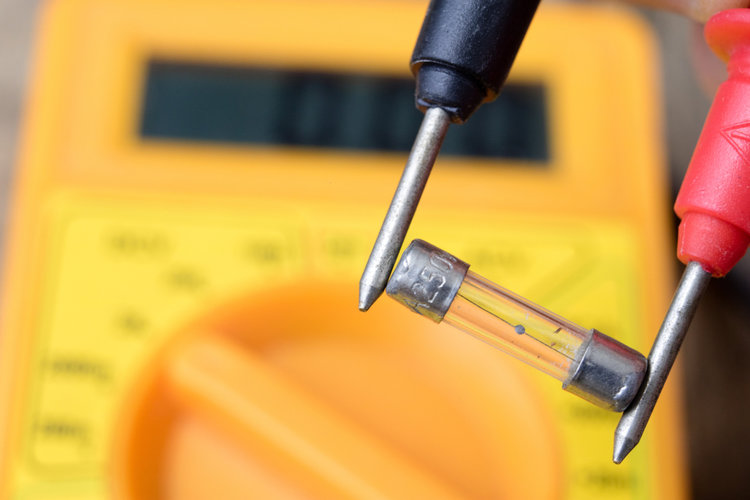
You can buy a TV fuse online or at a local store. Finding one online should be straightforward if your TV uses a run-off-the-mill fuse. The Bojack F5AL125V 20-Pack 5A 125V Fuses is a solid replacement fuse.
But if your TV requires a particular fuse, your options may be limited as not every store sells specific fuses for different TV models.
How To Buy the Right TV Fuse?
If you’re getting a replacement TV fuse at a local store, the store personnel will help you select the correct fuse for your TV. But if you’re shopping online, you are by yourself.
Note down some of the key specifications of your blown fuse and ensure the new fuse shares those aspects. Here are some information to note down:
- The exact model of your TV and manufacturing year.
- The TV’s power ratings (in watts) and the old fuse’s voltage and amperage ratings (indicated on the fuse or in the TV’s operating manual).
- The fuse’s size and type (fast-blow or slow-blow).
A fast-blow fuse goes off immediately after the current supply meets the fuse’s amperage rating. A slow-blow fuse can handle more startup surges without blowing.
Amperage rating (A) denotes the fuse’s current-carrying capacity. Voltage rating (V) indicates the highest supply voltage the fuse could safely carry.
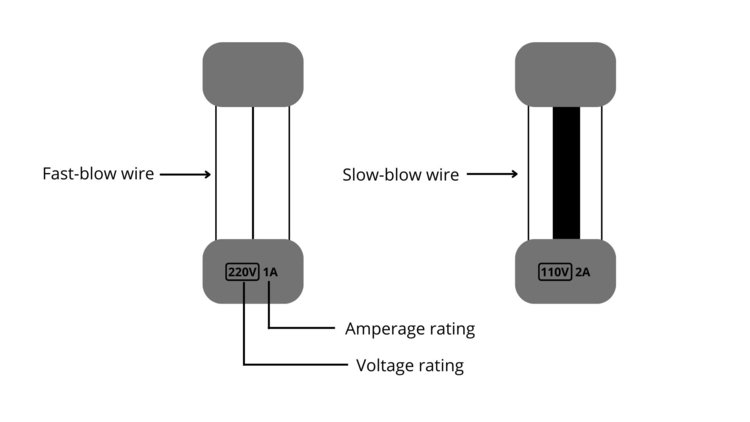
What happens if you buy the wrong fuse? Using a non-identical or non-compatible fuse may cause electrocution or fire.
The wrong fuse could cause an overload or fault current, causing damage to the board and, subsequently, your TV unit. Another sign of an incompatible fuse is the device blowing even when there is no electrical fault with your TV.
Therefore, check again if your TV can take any standard fuse or requires a specific kind. It need not be an OEM piece. A third-party direct equivalent would work just fine.
Just because a fuse sits nicely on your TV board doesn’t automatically mean a match. The compatibility must be purely at the amp rating level, besides the physical dimensions.
Find Out Why the Fuse Went Bust
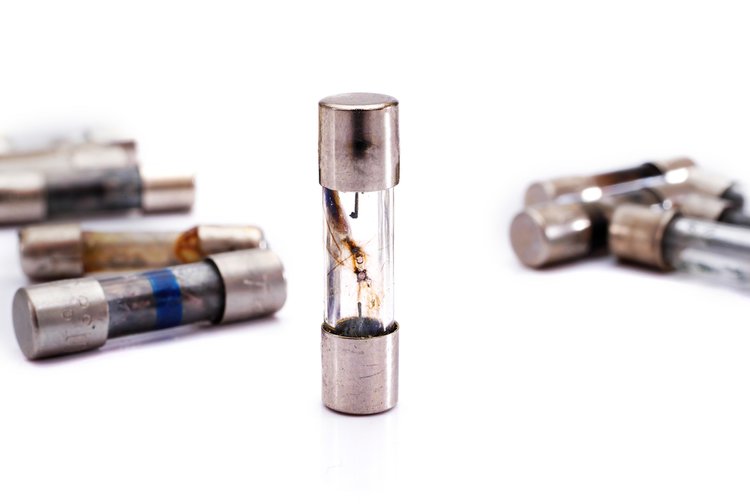
Kindly note that replacing the TV fuse is just one-half of the problem solved. If you don’t know what caused the fuse to blow in the first place, it won’t be too long before the new fuse breaks.
It’s, therefore, imperative to learn what caused the blown fuse, mainly if the fuse concerns arise too frequently. Here are some possible cause factors:
- Bulged capacitors, smoked parts, etc., on the circuit board.
- If the fuse blew off due to a parts failure in its 5VDC power supply, the small IC (integrated circuit) or microchip would have fried.
- The power strip could have issues.
Fuses can degrade over a period without any apparent cause. It’s, therefore, quite possible for a TV to have its fuse blown for no specific reason.
But if the fuse blows off faster than you anticipated, check the unit enlisting help from a trained professional.
Conclusion
To reiterate, a TV fuse is a minor component but critical to the overall functioning of the device. Because it plays a significant, active role and is not a robustly designed component, the likelihood of it going bad is relatively high.
Luckily, a fuse is easy to replace and also a cost-efficient exercise. The real challenge lies in inspecting the fuse, ascertaining the need for its replacement, and replacing it with a new one.
If you’re not handy with electrical devices or disassembling them, you may have to hire help. And that may cost you some money.
But if you’d like to save some cash there and are technologically inclined, the information above will come in extremely handy.
Catherine Tramell has been covering technology as a freelance writer for over a decade. She has been writing for Pointer Clicker for over a year, further expanding her expertise as a tech columnist. Catherine likes spending time with her family and friends and her pastimes are reading books and news articles.

